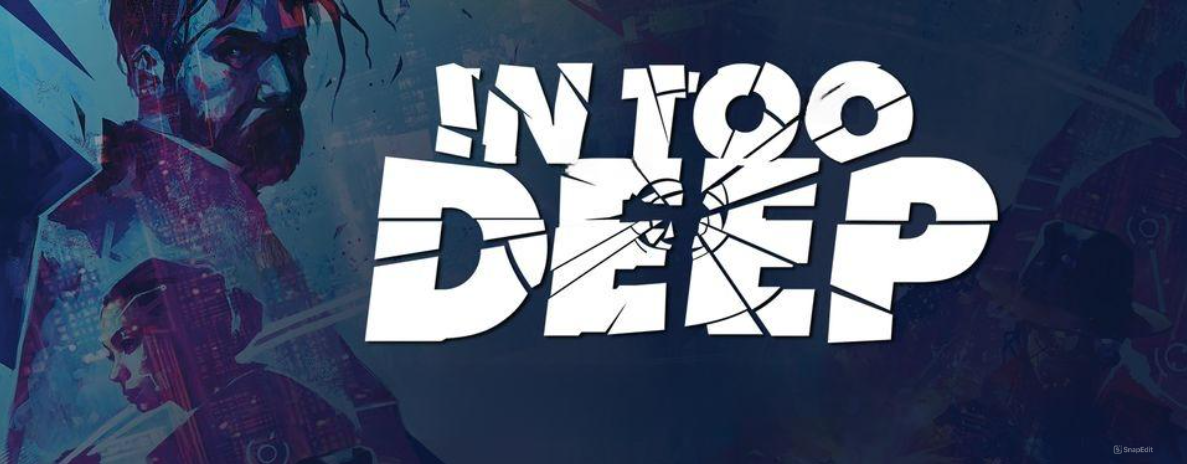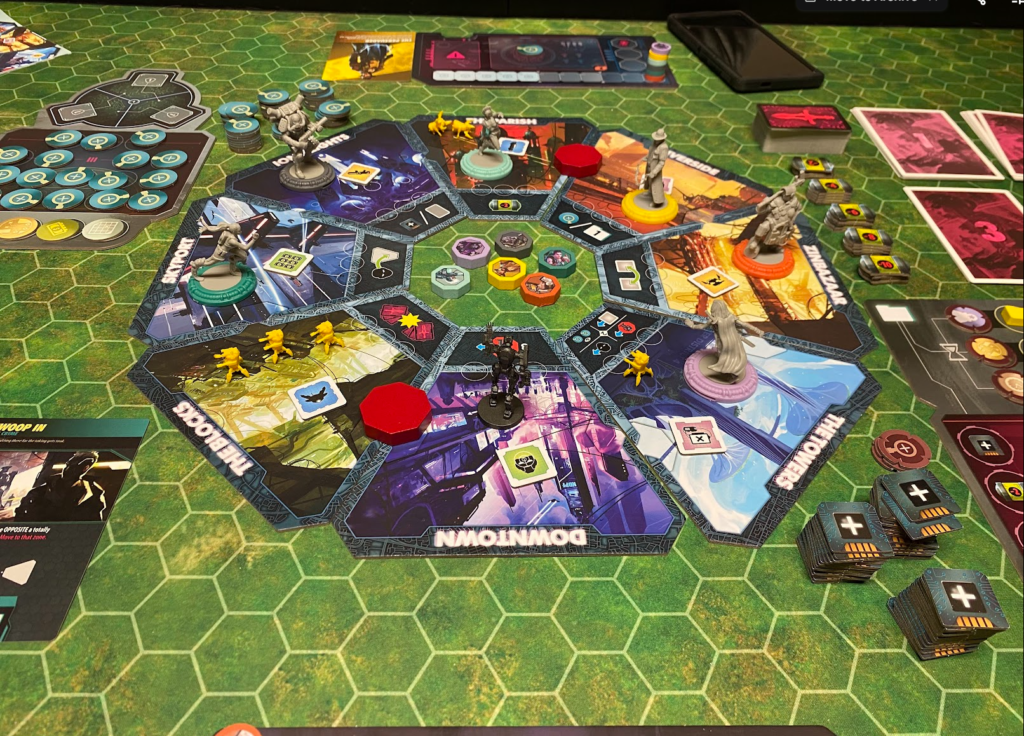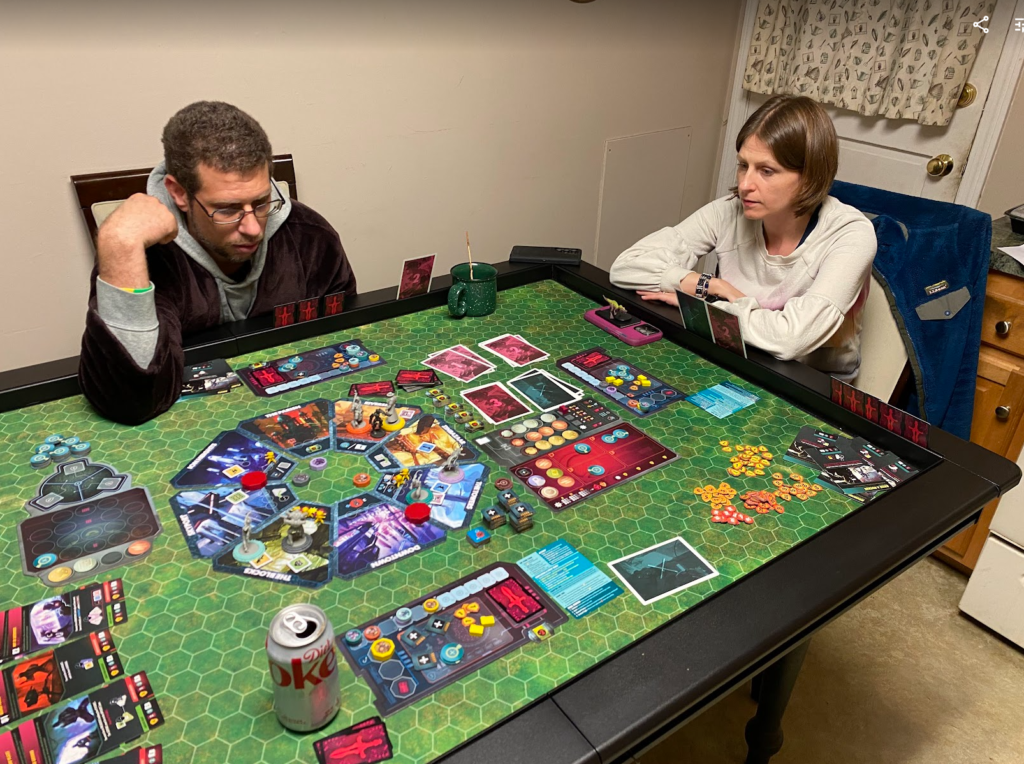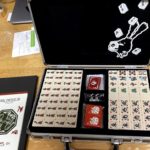I’m struggling a little bit on how to describe the game.
You and the other players are cops trying to foil an evil scheme by a shadowy cabal knows as the Syndicate. The Syndicate has deep hooks in the police force, so they know your every move. But they don’t know about your “Hook” technology that lets you enter the minds of the various super criminals that prowl the city. Where cops can’t go, these criminals can. But while you might be able to find valuable evidence against the Syndicate through the eyes of the hooked criminals, you are also an unwilling accomplice to their crimes. And as time goes on, perhaps you become a willing one — a sign that you’re “in too deep”.
The city is comprised of eight segments, placed randomly in a circle. There are two movable barricades that can be set up to block access to certain neighborhoods. An automated sentinel prowls the neighborhoods, and automated drone turrets can be dispatched to the scene of a supervillain plot at need.
Eight items are on the board, one per neighborhood. These are often required for criming. Each criminal has a specific superpower; beyond that, each neighborhood has its own power, though using it will draw the heat — in the form of the drone turrets — to the neighborhood, and that power can’t be used again until the heat is off.
Evidence against the Syndicate is gathered by hooking one or more criminals and having them commit crimes. Each player has a hand of two crimes; a story crime that advances each criminal’s goals, and a side crime that is typically easier to manage. Players can complete as many side crimes each turn as they like, but can only commit one story crime per turn. Story crimes can be completed quietly for a standard reward, or the cop can urge their hooked criminal to be a little more showy and a little more criminal for better rewards. Rewards can be evidence that can be turned in for nailing the Syndicate, power boosts, tips for new crimes, and corruption.
All crimes give players a little corruption. Story crimes give more. Going a little overboard gives even more. The player that ends the game with the most corruption has gone full villain, has betrayed the police force, and become a tool of the Syndicate. Like “shooting the moon” in Hearts, going in too deep is a gamble. If you manage to foil the other players and protect the Syndicate, you get big points. If they manage to build the case against the Syndicate anyway, you will be exposed as the traitor you are.
It’s a complicated game — our first playthrough easily took us three hours, though I’m sure we’ll pick up the pace now that we know what we’re doing. Any criminal can be hooked by any player on their turn (and with certain boosts, sometimes on other people’s turns). Many times I was setting my hooks to complete a crime, and someone else would take my criminal to further their own ends. Additionally, keeping the same criminal hooked for a time increases your sympatico with them, allowing you deeper access to their special abilities. It can be aggravating losing a criminal to someone else just when you were on the brink of a deeper understanding.
Kasul had the special Kickstarter edition of the game that came with extra villains, extra boosts, new crimes, wooden markers and so on, making this a very tactile experience. Story crimes have to progress in story order, so choosing which level of story crime to draw is its own tactical decision. Later story crimes give better rewards, but if the earlier crimes have not been played, you’re stuck with it, as you only know the level of the story crime you draw, but not the story.
Scoring the game at the end is… complicated. Since each player’s corruption deck is hidden, other players don’t know how many points are contained in it, or even if it’s certain that they are the player that is going for the In Too Deep and is actually working against everyone else.
I’ll know more next time we play.






